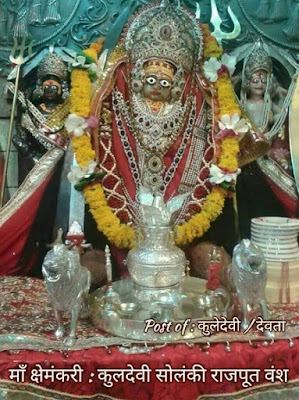Bais Rajput
Bais Rajput
Rājpūt, Bais.1—The Bais are one of the thirty-six royal [436]races. Colonel Tod considered them a branch of the Sūrajvansi, but according to their own account their eponymous ancestor was Sālivāhana, the mythic son of a snake, who conquered the great Rāja Vikramaditya of Ujjain and fixed his own era in A.D. 55. This is the Sāka era, and Sālivāhana was the leader of the Sāka nomads who invaded Gujarāt on two occasions, before and shortly after the beginning of the Christian era. It is suggested in the article on Rājpūt that the Yādava lunar clan are the representatives of these Sākas, and if this were correct the Bais would be a branch of the lunar race. The fact that they are snake-worshippers is in favour of their connection with the Yādavas and other clans, who are supposed to represent the Scythian invaders of the first and subsequent centuries, and had the legend of being descended from a snake. The Bais, Mr. Crooke says, believe that no snake has destroyed, or ever can destroy, one of the clan. They seem to take no precautions against the bite except hanging a vessel of water at the head of the sufferer, with a small tube at the bottom, from which the water is poured on his head as long as he can bear it. The cobra is, in fact, the tribal god. The name is derived by Mr. Crooke from the Sanskrit Vaishya, one who occupies the soil. The principal hero of the Bais was Tilokchand, who is supposed to have come from the Central Provinces. He lived about A.D. 1400, and was the premier Rāja of Oudh. He extended his dominions over all the tract known as Baiswāra, which comprises the bulk of the Rai Bareli and Unao Districts, and is the home of the Bais Rājpūts. The descendants of Tilokchand form a separate subdivision known as Tilokchandi Bais, who rank higher than the ordinary Bais, and will not eat with them. The Bais Rājpūts are found all over the United Provinces. In the Central Provinces they have settled in small numbers in the northern and eastern Districts.
1This article consists entirely of extracts from Mr. Crooke’s article on the Bais Rājpūts.







